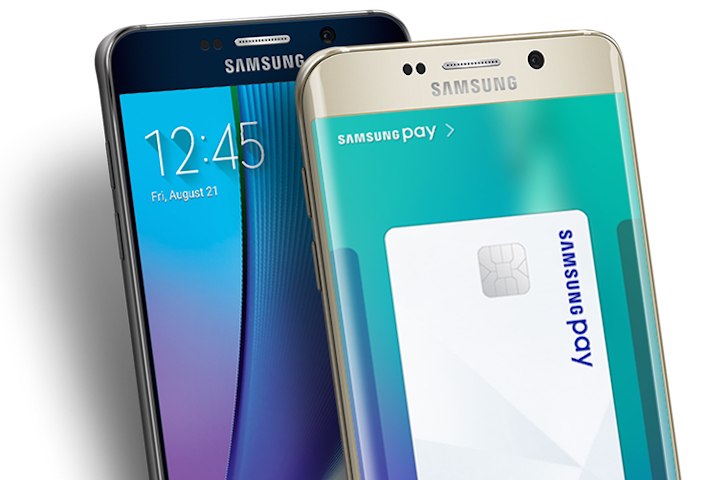
According to Rhee, an average of 25,000 Samsung Pay customers have used the service each day since it launched in South Korea back on August 20. This suggests that some hundreds of thousands of people have already signed up for Samsung Pay, though without a breakdown of repeat customers we can’t know the exact number.
As far as transactions, Rhee revealed an average of KRW 750 million, or around $630,000, makes its way through Samsung’s systems every day, with 80 to 90 percent of Samsung Pay customers making multiple transactions. This is a positive statistic for Samsung and investors, suggesting as it does that many customers like using Samsung Pay, a critical feeling to capture if Samsung is to have success with its mobile payment service.
Likely just as important is how banks and vendors feel about Samsung Pay, and here Rhee asserts that banks are “interested in and actively participating in Samsung Pay as a mobile payment service.” As for vendors, Rhee said they “are showing positive response to Samsung Pay.”
Interestingly, while Rhee reaffirmed Samsung Pay’s September 28 launch in the United States, the Samsung executive also revealed the company will conduct Samsung Pay beta tests in the U.K. and Spain, as well as a “few other countries.” According to Rhee, Samsung is open to launching the mobile payment service in countries with high credit card usage statistics, since those countries allegedly have the strongest interest in Samsung Pay.
What sets Samsung Pay apart from Apple Pay and the upcoming Android Pay mobile payment services is how Samsung Pay is used when making a purchase. Instead of just relying on an NFC terminal, as Apple Pay and Android Pay do, Samsung Pay makes use of Magnetic Secure Transmission (MST), the same technology used in standard credit cards. In other words, Samsung Pay will theoretically work with most cash registers, regardless of whether or not they accept NFC payments, so long as they take mag-stripe credit cards.
Of course, it’s to be determined whether Samsung Pay has just as much success in the U.S. as it seemingly does in South Korea. Apple Pay and Android Pay are sure to give the service a run for its money, pun intended, but at least Samsung isn’t lacking in confidence.


